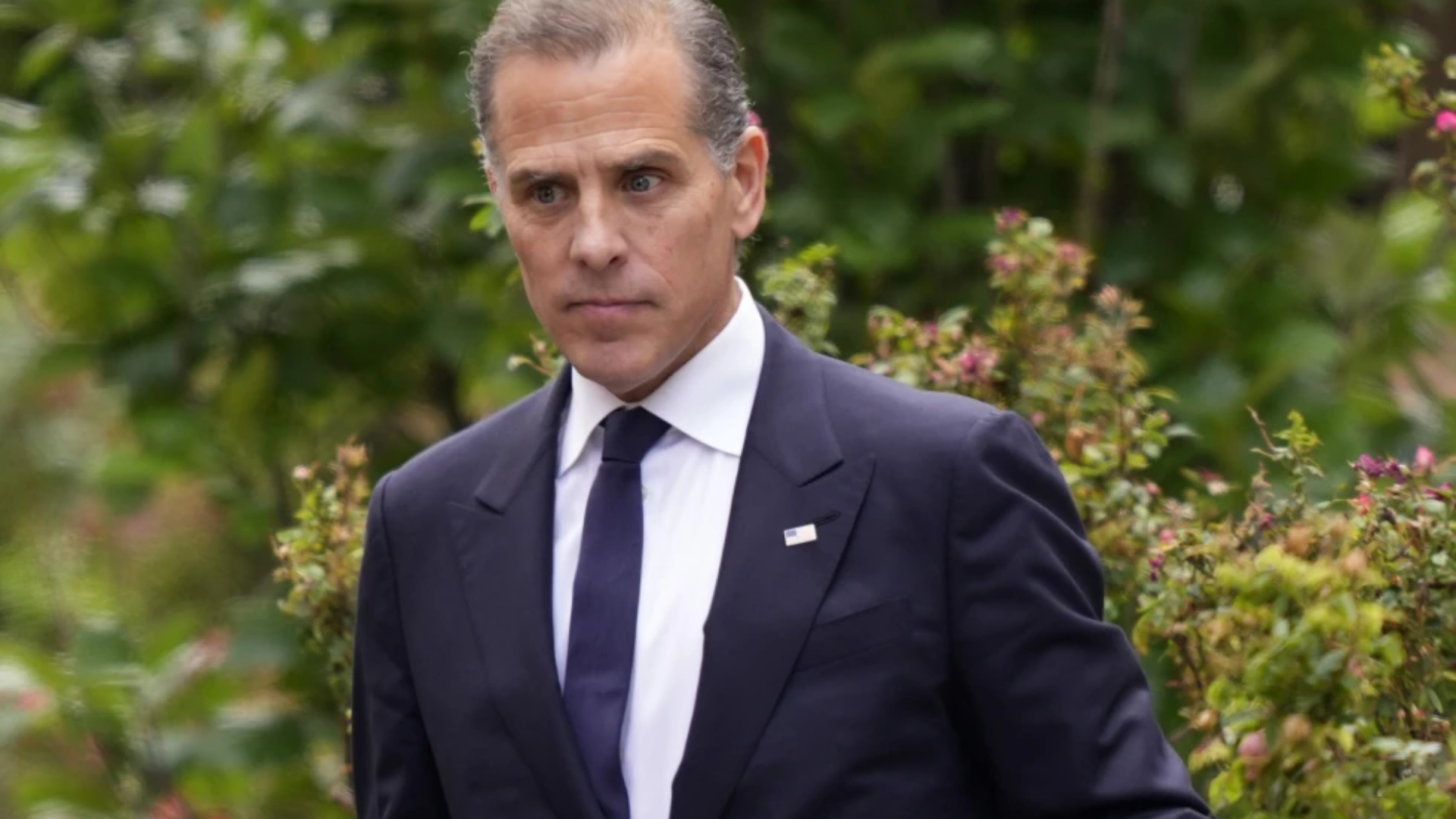WASHINGTON — President Donald Trump on Monday derided the nation’s governors as “weak” and demanded tougher crackdowns on protesters in the aftermath of another night of violent protests in dozens of American cities.
Trump spoke to governors on a video teleconference with law enforcement and national security officials, telling the local leaders they “have to get much tougher” amid nationwide protests and criticizing their responses.
“Most of you are weak,” Trump said. “You have to arrest people.”
The days of protests were triggered by the death of George Floyd, a black man who died after he was pinned at the neck by a white Minneapolis police officer. They turned violent in several cities, with looting and mayhem, and fires ignited in the historic park across from the White House.
The president urged the governors to deploy the National Guard, which he credited for helping calm the situation Sunday night in Minneapolis. He demanded that similarly tough measures be taken in cities that also experienced a spasm of violence, like New York, Philadelphia and Los Angeles.
“You’ve got to arrest people, you have to track people, you have to put them in jail for 10 years and you’ll never see this stuff again,” said Trump. “We’re doing it in Washington, D.C. We’re going to do something that people haven’t seen before.”
The president told the governors they were making themselves “look like fools” for not calling up more of the National Guard as a show for force on city streets.
Attorney General Bill Barr, who was also on the call, told governors that a joint terrorist task force would be used to track the agitators and urged local officials to “dominate” the streets and control, not react to crowds, and urged them to “go after troublemakers.”
Trump’s exhortations at the nation’s governors came after a night of escalating violence, images of fires and looting and clashes with police filling the nation’s airwaves and overshadowing the largely peaceful protests. The protests grew so heated Friday night that the Secret Service rushed the president to an underground bunker previously used during terrorist attacks.
Trump continued his effort to project strength, using a series of inflammatory tweets and delivering partisan attacks during a time of national crisis.
As cities burned night after night and images of violence dominated television coverage, Trump’s advisers discussed the prospect of an Oval Office address in an attempt to ease tensions. The notion was quickly scrapped for lack of policy proposals and the president’s own seeming disinterest in delivering a message of unity.
Trump did not appear in public on Sunday and was not scheduled to so Monday either.
Secret Service agents rushed Trump to a White House bunker on Friday night as hundreds of protesters gathered outside the executive mansion, some of them throwing rocks and tugging at police barricades.
Trump spent nearly an hour in the bunker, which was designed for use in emergencies like terrorist attacks, according to a Republican close to the White House who was not authorized to publicly discuss private matters and spoke on the condition of anonymity. The account was confirmed by an administration official who also spoke on the condition of anonymity.
The protests were triggered by the death of George Floyd, a black man who died after he was pinned at the neck by a white Minneapolis police officer. The demonstrations in Washington turned violent and appeared to catch officers by surprise. They sparked one of the highest alerts on the White House complex since the Sept. 11 attacks in 2001.
“The White House does not comment on security protocols and decisions,” said White House spokesman Judd Deere. The Secret Service said it does not discuss the means and methods of its protective operations. The president’s move to the bunker was first reported by The New York Times.
The president and his family have been shaken by the size and venom of the crowds, according to the Republican. It was not immediately clear if first lady Melania Trump and the couple’s 14-year-old son, Barron, joined the president in the bunker. Secret Service protocol would have called for all those under the agency’s protection to be in the underground shelter.
Trump has told advisers he worries about his safety, while both privately and publicly praising the work of the Secret Service.
Demonstrators returned Sunday afternoon, facing off against police at Lafayette Park into the evening.
Trump continued his effort to project strength, using a series of inflammatory tweets and delivering partisan attacks during a time of national crisis.
On Sunday, Trump retweeted a message from a conservative commentator encouraging authorities to respond with greater force.
“This isn’t going to stop until the good guys are willing to use overwhelming force against the bad guys,” Buck Sexton wrote in a message amplified by the president.
In recent days security at the White House has been reinforced by the National Guard and additional personnel from the Secret Service and the U.S. Park Police.
The Justice Department deployed members of the U.S. Marshals Service and agents from the Drug Enforcement Administration to supplement National Guard troops outside the White House, according to a senior Justice Department official. The official could not discuss the matter publicly and spoke on the condition of anonymity.
Copyright 2020 The Associated Press. All Rights Reserved. This material may not be published, broadcast, rewritten, or redistributed. PHOTO: AP





















